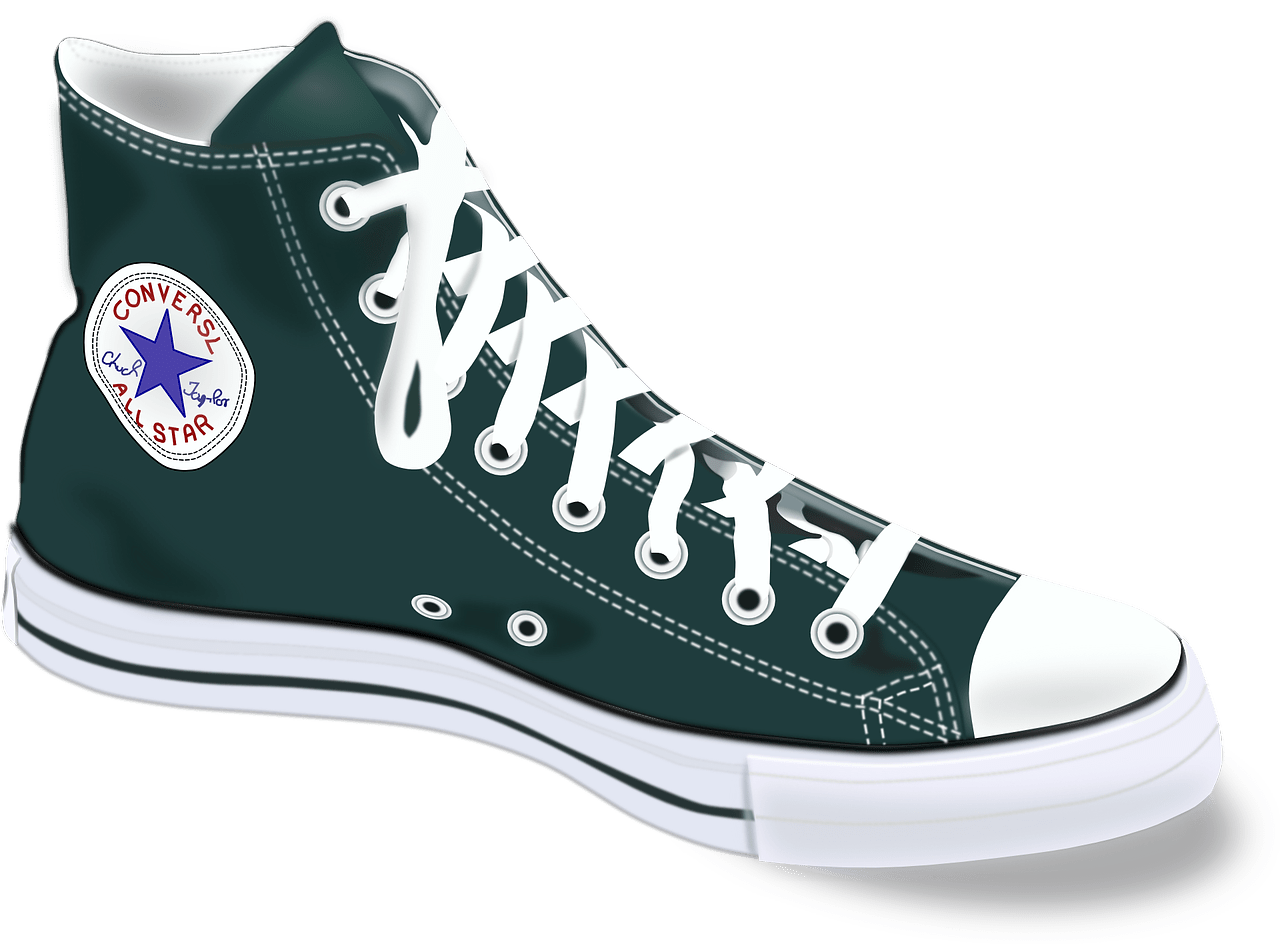Nike is an American multinational corporation that is engaged in the design, development, manufacturing, and worldwide marketing and sales of footwear, apparel, equipment, accessories, and services.
Nike is one of the world’s largest suppliers of athletic shoes and apparel, and a major manufacturer of sports equipment. The company was founded in 1964 as Blue Ribbon Sports by Phil Knight and Bill Bowerman, and officially became Nike, Inc. in 1971. The Nike brand is known for its iconic “Swoosh” logo and its slogan “Just Do It.” Over the years, the company has become a global leader in the sportswear industry, with a presence in more than 190 countries. Today, Nike is considered one of the most valuable and recognizable brands in the world.
Early Days of Nike
In 1964, Phil Knight, a track and field coach at the University of Oregon, and his former student Bill Bowerman, who was a track coach at the University of Oregon and co-founder of the company, founded Blue Ribbon Sports (BRS) as a distributor for a Japanese shoemaker, Onitsuka Tiger (now ASICS). BRS initially operated as a distributor, importing Onitsuka Tiger shoes to the United States and selling them to track and field athletes.
In 1971, BRS introduced its own line of footwear, which it branded as “Nike,” named after the Greek goddess of victory. The Nike line of footwear quickly gained popularity, and the company officially changed its name to Nike, Inc. in 1971. In the same year, Nike introduced its now-iconic Swoosh logo, which was designed by Carolyn Davidson, a graphic design student at Portland State University.
The Swoosh logo was designed to be simple and memorable, and it quickly became synonymous with the Nike brand. The Swoosh became an instantly recognizable symbol of the brand, appearing on all Nike products and advertising materials. Today, the Swoosh remains one of the most recognizable logos in the world and is widely associated with athletic excellence and high-quality sportswear.
Rise of Nike
Throughout the 1970s and 1980s, Nike continued to expand its product line and increase its presence in the athletic footwear market.The company introduced innovative technologies and materials, such as the Air cushioning system, that provided athletes with enhanced comfort and support.
Nike’s endorsement strategy was instrumental in the company’s rise to prominence. By sponsoring top athletes and sports teams, Nike was able to associate its brand with excellence and success, and tap into the huge market for athletic footwear and apparel. Some of the biggest names in sports, including Michael Jordan, LeBron James, Cristiano Ronaldo, and Serena Williams, have all endorsed Nike products over the years.
During this time, Nike also introduced several iconic sneakers that have become synonymous with the brand. These include the Air Force 1, Air Max, the Cortez, and the Dunk, among others. These sneakers became popular not only among athletes, but also among casual wearers, and helped to establish Nike as a leader in the athletic footwear market. To this day, many of these classic sneakers continue to be popular and are still being produced by Nike.
Innovations and Advancements
Introduction of Air Technology
In 1987, Nike introduced its revolutionary Air technology, Air technology involves using air-filled pockets in the soles of shoes to provide cushioning and support. The Air technology quickly became one of Nike’s most distinctive features, and was widely adopted in the athletic footwear market. In addition to Air, Nike has continued to develop innovative technologies, such as Flywire, Dri-FIT, and Zoom, to enhance the performance and comfort of its products.
This innovation revolutionized the athletic footwear market and helped to establish Nike as a leader in the industry. Nike’s Air technology has since been incorporated into a wide range of its products, including running shoes, basketball shoes, and other types of athletic footwear.
Expansion into Apparel and Accessories:
In addition to its footwear line, Nike also began to expand into other areas, including apparel and accessories. The company introduced a wide range of sportswear, including performance apparel, athletic gear, and lifestyle clothing, helping to establish itself as a full-fledged sportswear brand. Nike also began to develop and sell a range of accessories, including bags, hats, and other items, further expanding its product line and reach.
Use of Cutting-Edge Marketing Strategies:
Nike’s marketing strategy has also been a key component of its success. The company has always been at the forefront of innovative marketing techniques, using a wide range of advertising methods, including television, print, and online advertising, to reach its target audience. Nike has also been known for its bold and often controversial ad campaigns, which have helped to establish its brand as youthful, hip, and edgy. Some of Nike’s most memorable ad campaigns have included the “Just Do It” slogan, the “Bo Knows” campaign featuring baseball and football star Bo Jackson, and the “Come Out and Play” campaign.
The Global Reach of Nike
Over the years, Nike has expanded its reach globally, establishing a presence in countries all over the world. Today, the company operates in more than 190 countries, with a strong retail presence and extensive distribution networks. Nike has also expanded its product line to cater to the specific needs and tastes of local markets, offering a wide range of products that meet the unique demands of each region.
Nike has also established partnerships and collaborations with international brands, further expanding its reach and appeal. These collaborations have allowed Nike to tap into new markets and reach new audiences, and have helped to solidify its position as a leading global brand.
In recent years, Nike has also focused on sustainability, recognizing the importance of environmentally responsible practices. The company has made significant investments in sustainability initiatives, such as reducing waste and emissions, and using more environmentally friendly materials in its products. These efforts have helped Nike to maintain its position as a leading brand and to appeal to customers who are concerned about environmental issues.
Challenges and Controversies
Criticism over Labor Practices:
Throughout its history, Nike has faced criticism over its labor practices, particularly in its overseas factories. Critics have raised concerns over poor working conditions, low wages, and the exploitation of workers in Nike’s supplier factories. In response, Nike has taken steps to improve working conditions and has established programs to monitor and improve labor practices in its supply chain.
Competition from Other Brands:
Nike has also faced intense competition from other athletic footwear and apparel brands, which have been growing in popularity and stealing market share. To remain competitive, Nike has continued to innovate and to differentiate itself through its product offerings, marketing, and brand image.
Scandals and Controversies:
Nike has also been involved in several scandals and controversies over the years, including allegations of bribery, corruption, and unethical business practices. The company has worked to address these issues and to improve its reputation, but the controversies have nonetheless had a significant impact on its image and reputation.
The Future of Nike
Nike has embraced digital transformation, using technology to improve its operations and reach a wider audience. The company has invested in digital initiatives, such as e-commerce, mobile apps, and data analytics, to enhance its customer experience and improve its operations.
Nike plans to continue its expansion into new markets, leveraging its strong brand and reputation to reach new customers and grow its business. The company will also focus on developing new products and technologies, such as sustainability initiatives, to remain at the forefront of the athletic footwear and apparel market.
Nike has made sustainability a key focus, recognizing the importance of environmentally responsible practices. The company plans to continue its efforts to reduce waste and emissions, and to use more environmentally friendly materials in its products. These efforts will help Nike to maintain its position as a leading brand and to appeal to customers who are concerned about environmental issues.
Nike plans to continue investing in research and development, focusing on developing innovative technologies and products that enhance the performance and comfort of its offerings. The company will also invest in new manufacturing processes and supply chain initiatives, helping to improve its operations and competitiveness.
Nike is committed to maintaining its leadership position in the athletic footwear and apparel market, leveraging its strong brand and reputation to reach new customers and grow its business. With a focus on innovation, quality, and sustainability, Nike is well-positioned to continue its success for many years to come.
Conclusion
In conclusion, Nike is one of the most recognizable and valuable brands in the world, with a rich history of innovation, quality, and success. The company has faced challenges and controversies along the way, but has always adapted and overcome, leveraging its strong brand and commitment to excellence to remain at the forefront of the athletic footwear and apparel market. Nike’s embrace of digital transformation, focus on sustainability, and investment in research and development position it well for continued growth and success in the years to come. The future looks bright for Nike, as it continues to bring cutting-edge products and technologies to market, and to reach new customers and markets around the world.








